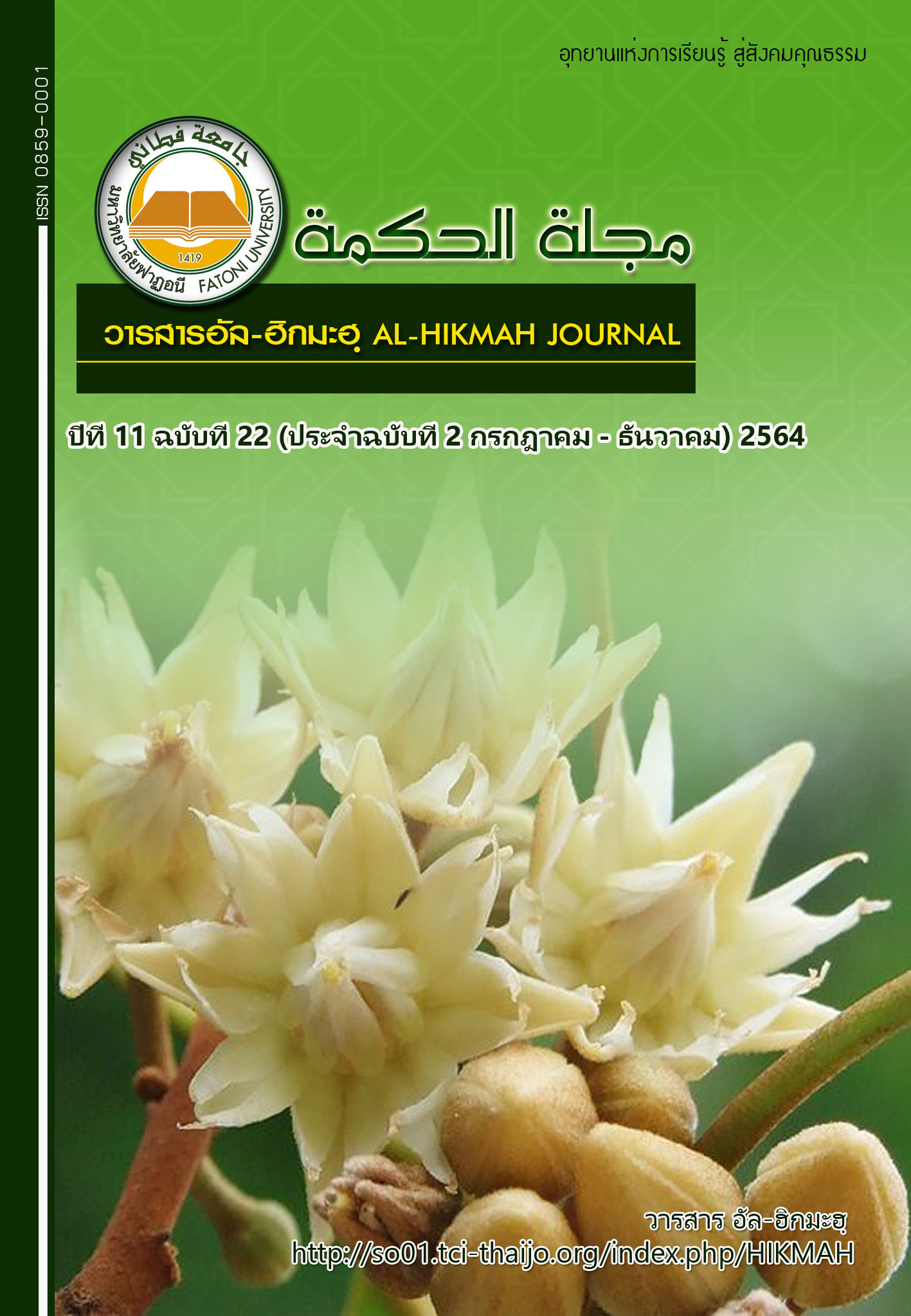English Under-five Mortality in Thailand based on Confidence Intervals from Log Linear Model
Under-five Mortality in Thailand
Keywords:
log linear model, democratic confidence intervals, under-five mortalityAbstract
Under-five mortality rate is one of indicators to understand the position of the country in relation to other countries in terms of public health. Under-five mortality in Thailand is still high. This study aims to investigate trends and geographical variations of under-five mortality in Thailand 2000 to 2009.
The data were all reported Thai deaths of under-five years from 2000 to 2009 obtained from Ministry of Public Health. A log linear model based on sum contrasts was fitted to under-five mortality rates as an additive linear function of gender, public health areas (PHA) and year. The model gives adjusted confidence intervals for mortality rates for levels of each determinant adjusted for other factors.
Over the decade 2000-2009, there were 84,227 under-five deaths recorded. The log linear model provided a good fit as indicated by residual plot. On average an annual death rate was 177.9 per 100,000 population. Mortality trends tend to decrease with the exception in 2001. High rates occurred in central area (PHA 2, PHA3 and PHA 4) and lower south (PHA12) of Thailand.
This study highlighted the locations to which public health authorities should direct their intervention plan.
References
Hill, K., Vapattanawong, P., Prasartkul, P., et al. 2007. Epidemiologic transition interrupted: a reassessment of mortality trends in Thailand, 1980-2000. International Journal of Epidemiology. 36, 374-384.
Hill, K., You, D., Inoue, M., et al. 2012. Child mortality estimation: accelerated progress in reducing global child mortality, 1990-2010. PLOS Medicine. 9(8).
Liu, L., Johnson, H.P., Cousens, S., et al. 2012. Global, regional, and national causes of child mortality: an updated systematic analysis for 2010 with time trends since 2000. Lancet. 379, 2151-2161.
Ministry of Public Health of Thailand. 2010. Public Health Statistics 2010. http://bps.ops.moph.go.th/Healthinformation/statistic53/statistic53.html. Accessed September 15, 2012.
Pattaraarchachai, J., Rao, C., Polprasert, W., et al. 2010. Cause-specific mortality patterns among hospital deaths in Thailand: validating routine death certification. Population Health Metrics. 8:12.
Polprasert, W., Rao, C., Adair, T., et al. 2010. Cause-of-death ascertainment for deaths that occur outside hospitals in Thailand: application of verbal autopsy methods. Population Health Metrics. 8:13.
Porapakkham, Y., Rao, C., Pattaraarchachai, J., Polprasert, W., Vos, T., Adair, T. and Lopez, A.D. Estimated causes of death in Thailand, 2005: implications for health policy. Population Health Metrics. 2010; 8:14
R Development Core Team .2011. R: A language and environment for statistical computing. Vienna: R Foundation for Statistical Computing. http://www.R-project.org. Accessed December 25, 2011.
Rao, C., Porapakkham, Y., Pattaraarchachai, J., et al. 2010. Verifying causes of death in Thailand: rationale and methods for empirical investigation. Population Health Metrics. 8:11.
Tangcharoensathien, V., Faramnusyphol, P., Teokul, W., et al. 2006. A critical assessment of mortality statistics in Thailand: potential for improvements. Bulletin of the World Health Organization. 84(3), 233-238.
Tongkumchum, P. and McNeil, D. 2009. Confidence intervals using contrasts for regression model. Songklanakarin Journal of Science and Technology. 31, 151-156.
UNICEF. 2012. Levels & Trends in Child Mortality. The state of world’s children 2012. New York: UNICEF.
Vapattanawong, P. 2009. Provincial disparities of under-five mortality in Thailand. Journal of Health Science. 18, 816-825.
Vapattanawong, P., Hogan,M.C., Hanvaravongchai, P., et al. 2007. Reduction in child mortality levels and in equalities in Thailand: analysis of two censuses. Lancet. 369, 850-855.



